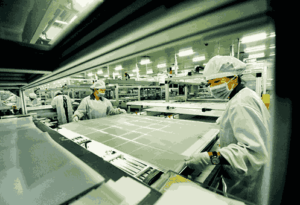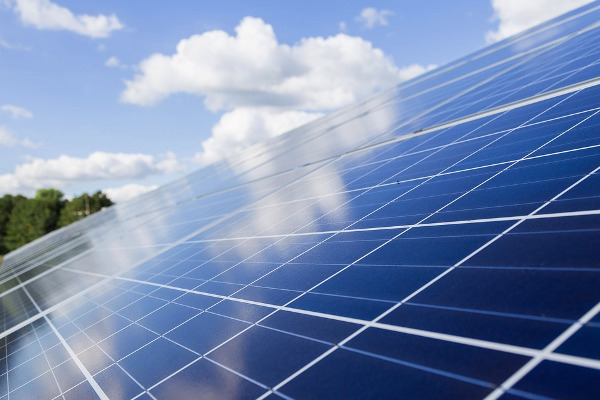Management
At “Management,” we know that solar technology may reach its full potential not only via sophisticated hardware but also through smart and proactive management. Managing solar systems well is important for getting the most energy out of them, making sure they last a long time, and getting the best return on investment. Our method combines the latest in monitoring, data analysis, and smart operating methods to turn raw solar power into an asset that works well all the time, is very efficient, and makes money. We offer complete management solutions that are meant to make operations easier and help you get the most out of solar energy.
Getting the Best Performance out of Solar Panels for Long-Term Returns
Monitoring Performance: Getting Real-Time Information for the Best Results
The key to good solar management is knowing how to improve system performance all the time. Our management plans start with getting data from every solar installation all the time. We utilise smart meters and clever sensors to find out in real time how much electrical power is being made, how much sunshine is hitting the panels, how hot they are, and how well the inverter is performing. Our technologies use algorithms and machine learning to discover problems and let us know right away if anything isn’t working as it should. This helps us undertake predictive maintenance and correct problems before they grow worse. This cuts down on downtime and keeps energy generation stable.

System Optimisation: Making Things Work Better and More Reliably
Active management goes beyond just keeping an eye on things; it includes a number of tactics to make the solar system more efficient and reliable all the time.
Our experts use both remote and on-site ways to get the most energy out of a project. For big installations, we employ complicated forecasting algorithms that look at weather patterns to guess the amount of sunlight will be made.. Seamless integration with the grid is an important part of good management for systems that are connected to the grid. We make sure that solar systems operate well with the local energy network. For businesses and industries, we use demand-side management (DSM) tactics to cut peak demand charges, which lowers the total cost of electricity by a large amount.
Managing the Lifecycle from Installation to End of Life
A genuinely complete management strategy looks at the whole life cycle of a solar asset. We offer full asset management services, which include keeping track of your inventory, managing your warranties, and giving you detailed financial reports. We give comprehensive information on system performance, cost savings, and environmental effect (such how much CO2 emissions were prevented), so stakeholders can see exactly what their money is going towards. This strong reporting is very important for following the rules, making financial plans, and showing that you care about the environment. Responsible management also means making plans for what to do with solar parts as they reach the end of their life. We help consumers regenerate and discard away batteries and solar panels in the appropriate way so that valuable materials are saved and harmful materials are handled safely. This commitment to circularity lessens the damage to the environment even when the equipment is no longer in use, finishing the cycle of making energy in a way that doesn’t harm the environment.
Ending Insights
We turn solar systems from passive assets into investments that are actively managed and perform well at “Management.” Our all-encompassing method, which includes real-time monitoring, strategic optimisation, and full lifecycle planning, guarantees that your solar technology has the most positive impact on the environment and the most financial gain. Join us to get the most out of your solar assets and make sure that the future of energy is brighter, more efficient, and more sustainable.
Go solar and save — get your free estimate
Managing solar technology effectively involves overseeing its installation, operation, maintenance, and optimization to ensure consistent performance, cost-effectiveness, and longevity. Here’s a breakdown of key aspects:


